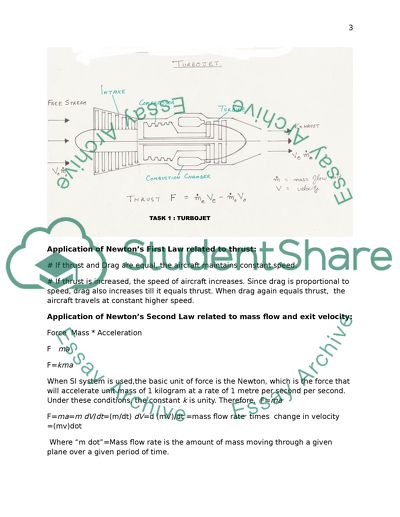Cite this document
(“High Bypass Gas Turbine Engine Coursework Example | Topics and Well Written Essays - 2000 words”, n.d.)
High Bypass Gas Turbine Engine Coursework Example | Topics and Well Written Essays - 2000 words. Retrieved from https://studentshare.org/physics/1440140-gas-turbine-engine-basics
High Bypass Gas Turbine Engine Coursework Example | Topics and Well Written Essays - 2000 words. Retrieved from https://studentshare.org/physics/1440140-gas-turbine-engine-basics
(High Bypass Gas Turbine Engine Coursework Example | Topics and Well Written Essays - 2000 Words)
High Bypass Gas Turbine Engine Coursework Example | Topics and Well Written Essays - 2000 Words. https://studentshare.org/physics/1440140-gas-turbine-engine-basics.
High Bypass Gas Turbine Engine Coursework Example | Topics and Well Written Essays - 2000 Words. https://studentshare.org/physics/1440140-gas-turbine-engine-basics.
“High Bypass Gas Turbine Engine Coursework Example | Topics and Well Written Essays - 2000 Words”, n.d. https://studentshare.org/physics/1440140-gas-turbine-engine-basics.


